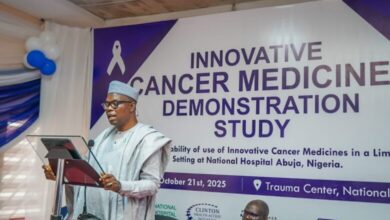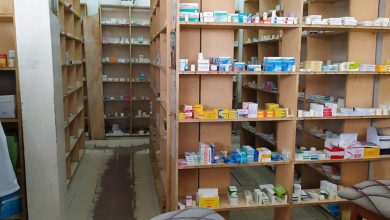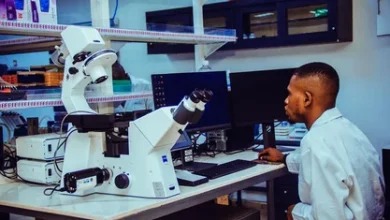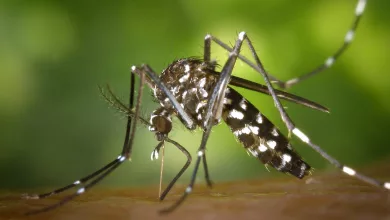Health
Understanding Diabetes: A Comprehensive Guide for Everyone

By Dr. Obioma Nwuba
DIABETES MELLITUS
INTRODUCTION
These are a group of diseases in which the body is unable to use up glucose appropriately.
Glucose is the breakdown product of carbohydrates. It is a major source of fuel in the body. It helps to power every body tissue and cell including the brain, muscles and other tissues.
A hormone called insulin, produced in the beta cells of the pancreas helps to aid glucose absorption in the body tissues.
So, diabetes leads to an increased level of glucose in the blood and a decreased utilization of same by the body.
This abnormal blood glucose level and utilization causes serious health problems.
Types of Diabetes and their Causes
There are three major types of diabetes. Namely.
> Type 1 diabetes
> Type 2 diabetes
> Gestational diabetes
Type 1 Diabetes:
It was initially referred to as insulin dependent or juvenile onset diabetes.
It usually results from the destruction of the beta cells of the pancreatic islet by the body’s immune cells(autoimmunity). These beta cells are the cells that produce insulin. So, their destruction leads to decreased or zero insulin production and therefore decreased glucose use by the body (hence high blood glucose).
It is more common in children and adolescents and progresses fast.
Type 2 Diabetes:
This type of diabetes results from the resistance of the body cells to insulin action and the inability of the pancreas to overcome this by producing more insulin. Here, unlike in type 1 diabetes, the blood insulin level is usually high or normal. Obesity is an important cause of insulin resistance.
Gestational Diabetes:
Diabetes or glucose intolerance that started or was diagnosed during pregnancy is called gestational diabetes.
It starts mostly in late pregnancy.
It is believed to be caused by certain pregnancy hormones that increase the body’s resistance to insulin.
This type of diabetes resolve after pregnancy in most women.
Factors that put one at risk of developing diabetes
-Obesity (type 2)
-Lack of exercise (type 2)
-Age>40(type 2)
-High body Cholesterol (Type 2)
-Hypertension (type 2)
-Family history (all)
-Pancreatitis (type 1)
-Pancreatic trauma and cancer(type 1)
-Diet–low vitamin D consumption and early exposure to cow milk; <4months of age(type 1)
-Some drugs
-Some viral infections
-PCOS
-Some hormonal disorders like acromegally, Cushing’s syndrome, pheochromocytoma.
-Race–Negroes, Hispanics, American-Indians,.
N.B: the type of diabetes most involved with each predisposing factor is in bracket.
Also note that sugar consumption is not mentioned either as a cause or a predisposing factor.
Signs and Symptoms of diabetes
Some people with early type 2 diabetes may no show any symptoms. But in others, the symptoms are:
-Frequent urination
-Increased thirst
-Increased Hunger
-Weight loss
-Tiredness
-Ketotic smell in urine and breath
Other symptoms that may result from complications of diabetes are:
Blurring of vision
Poor healing of wounds
Increased susceptibility to infections.
Numbness of hands and feet.
Complications
The complications of Diabetes Mellitus are usually as a result of poor blood glucose control and they include;
> Infections
> Diabetic foot ulcers
> Diabetic Ketoacidosis DKA; this is a life threatening condition that needs urgent medical attention or may result to diabetic Coma and eventually death.
> Organ damage e.g Kidney disease
> Diabetic Retinopathy; which is the effects of Diabetes Mellitus on the eyes.
> Stroke
Preventive Measures
It is very possible to prevent the development of Diabetes Mellitus even when there is a family history of Diabetes. This can be achieved by the following;
> Maintaining healthy body weight
> Regular exercise
> Avoiding sedentary lifestyle
> Eating healthy diets
> Minimizing consumption of refined sugars e.g soda’s
> Ensuring good daily hydration
> Minimizing alcoholic beverages consumption
> Regular blood glucose checks.
Dr. Obioma Nwuba is the Chairman Medical Committee for APC Professionals Forum.





